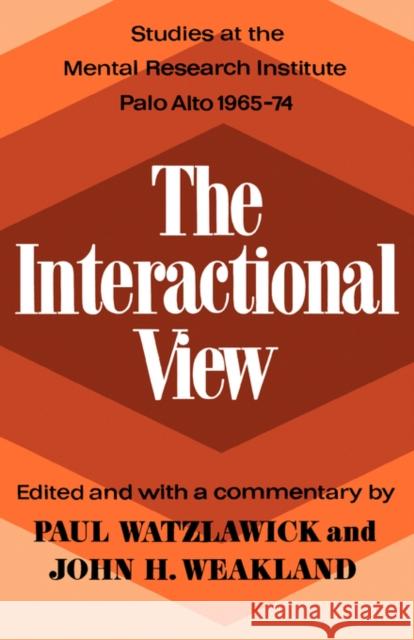The Interactional View » książka
The Interactional View
ISBN-13: 9780393333305 / Angielski / Miękka / 1977 / 424 str.
The book is divided into six sections: Theory (includes articles on the study of the family and human communication); Research (reports of research projects); Training (use of videotape, training of nonprofessionals); Normality, Neurosis, and Psychosis; Change (the therapeutic process); and Family Medicine (the impact of somatic illness on family interaction).Over the years MRI has viewed family therapy not as a new, additional treatment method, but, first, as a new way of conceptualizing human problems, and, secondly, as a different therapeutic approach based on this conceptualization. This form of therapy does not consider why something happens (what in an individual's past causes and emotional problem), but what is happening (what is going on right now between individuals; is there a pattern of interaction and what are the attempted solutions).This, then, is the common denominator of the papers brought together in this volume, since it is this perspective and resulting procedure that constitutes the basis of most of the work performed at MRI.Paul Watzlawick is research associate at MRI and clinical associate professor, department of psychiatry and behavioral sciences, at Stanford University Medical Center. John H. Weakland is research associate and associate director of the Brief Therapy Center at MRI.











